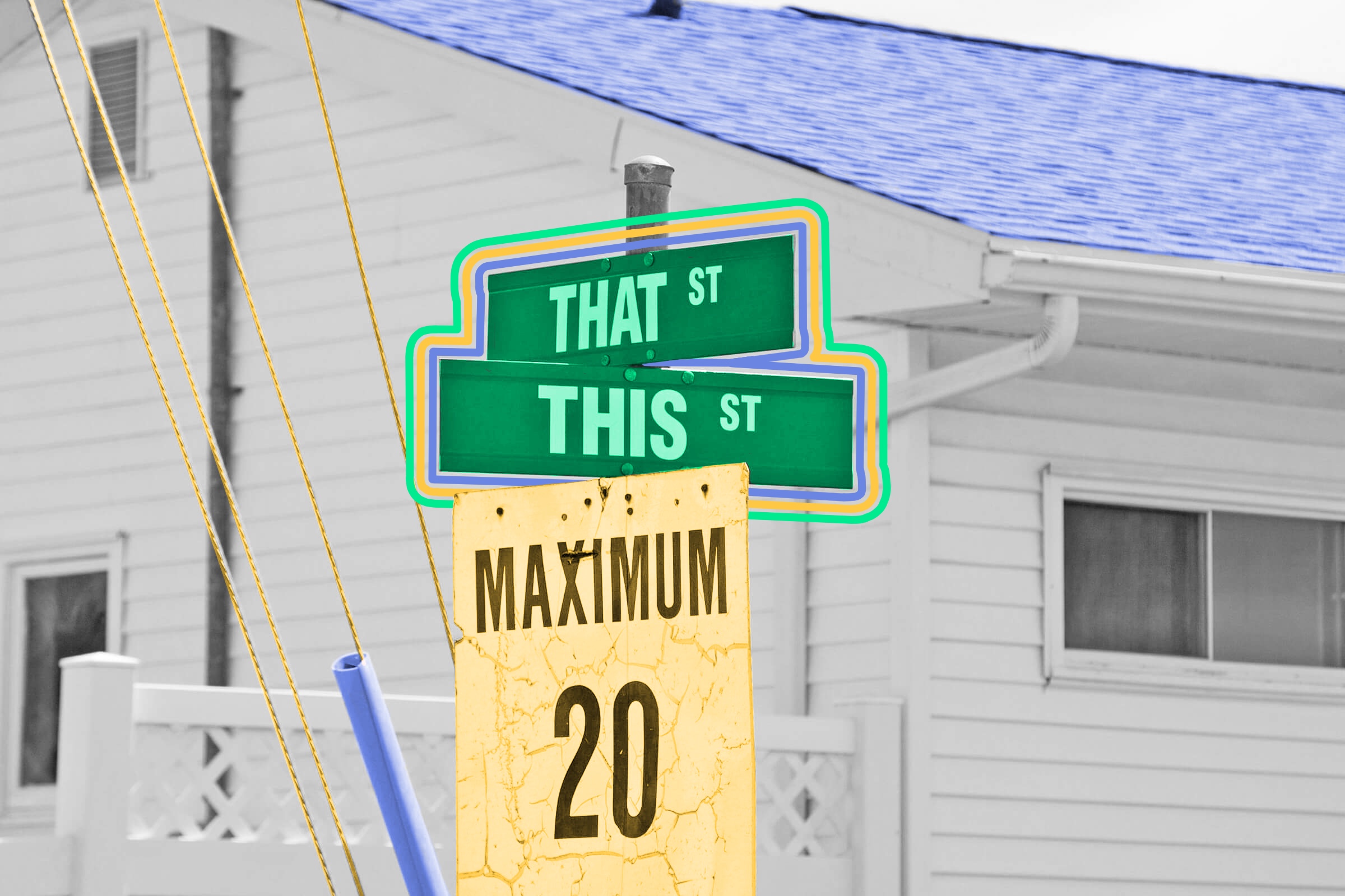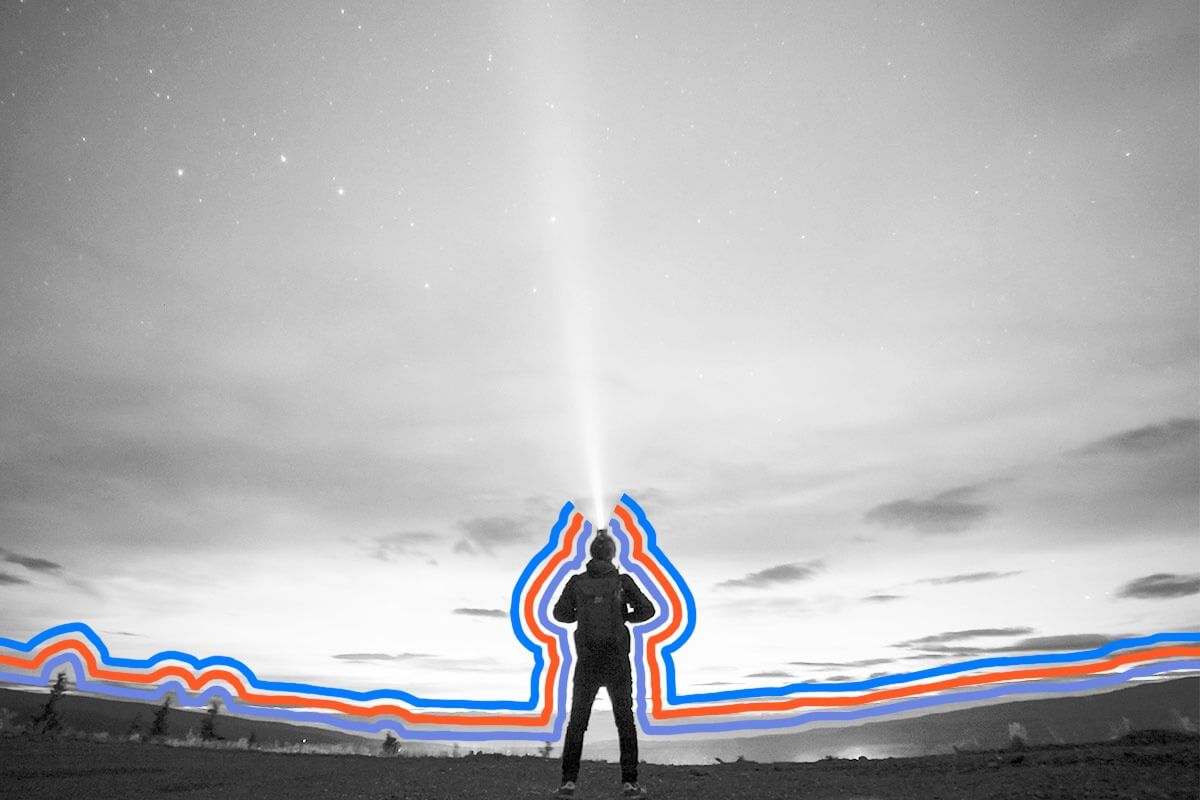
In Nova Scotia, Canada, you can stand on the corner of "This Street" and "That Street."
Drive down the highway in Nova Scotia, Canada, some 30 minutes northeast of Halifax, and you’ll run into a trio of odd street names. Just down the street from the Porters Lake Community Center, at the tip of a peninsula jutting out into nearby Porters Lake, are This Street, That Street, and The Other Street, obviously referencing the well-worn idiom “this, that, and the other.” Strange as these street names may seem, the 3,200 or so residents of Porters Lake would find common ground with Americans in Culver, Oregon, who named two of their streets “This Way Lane” and “That Way Lane.” (Meanwhile, in a somewhat similar vein, attendees of the Tennessee music festival Bonnaroo have to Abbott & Costello their way around What Stage, Which Stage, This Tent, That Tent, and The Other Tent.)
Canada is known for places with unusual monikers. For example, in Iqaluit, the capital city of Nunavut, there’s a street called the “Road to Nowhere.” In Ottawa, there’s Scully Way and Mulder Avenue, a nod to the hit TV series X-Files; the neighborhood even held a block party for the show’s 20th anniversary in 2013. Also in the pop culture realm, the Alberta town of Vulcan leans heavily into its Star Trek connection with a visitor’s center that looks like a space station, and even received a visit from Mr. Spock himself, Leonard Nimoy, who led a parade there in 2010. Then there’s Saint-Louis-du-Ha! Ha!, Québec — reportedly the only town in the world with two exclamation points in its name. The reason for the exclamation points is far from clear, although by one (dubious) account the French trappers who founded the town exclaimed “Ha! Ha!” in joy when they discovered its beautiful scenery.
Not every tide is created equal. Take, for example, the Bay of Fundy, which separates the Canadian provinces of New Brunswick and Nova Scotia. Due to the bay’s funnel-esque shape and a geographical anomaly called “tidal resonance,” where a wave pushing in from the ocean to a bay takes the same amount of time to hit the farthest shore and return to the ocean as your typical tidal period (around 12.5 hours), the Bay of Fundy experiences extraordinary tidal extremes. Whereas your typical average for an ocean tidal range — the difference between low and high tide — is about 3 feet, in the Bay of Fundy the difference is upwards of 56 feet (and during storm surges, it can be even higher). Because of this enormous difference, more than 160 billion tons of water enter and exit the bay with every tide. That’s more flowing water than all the world’s freshwater rivers combined.

